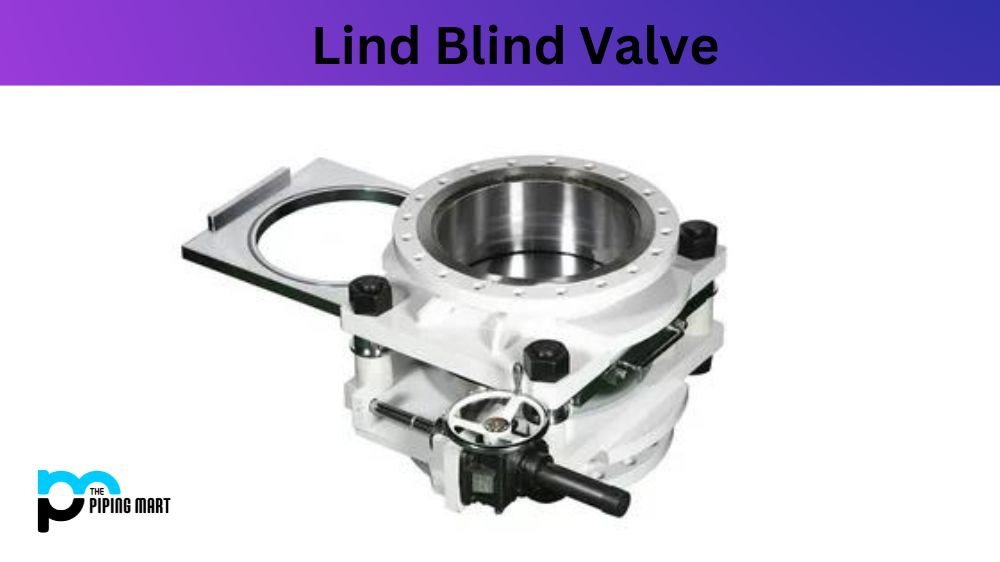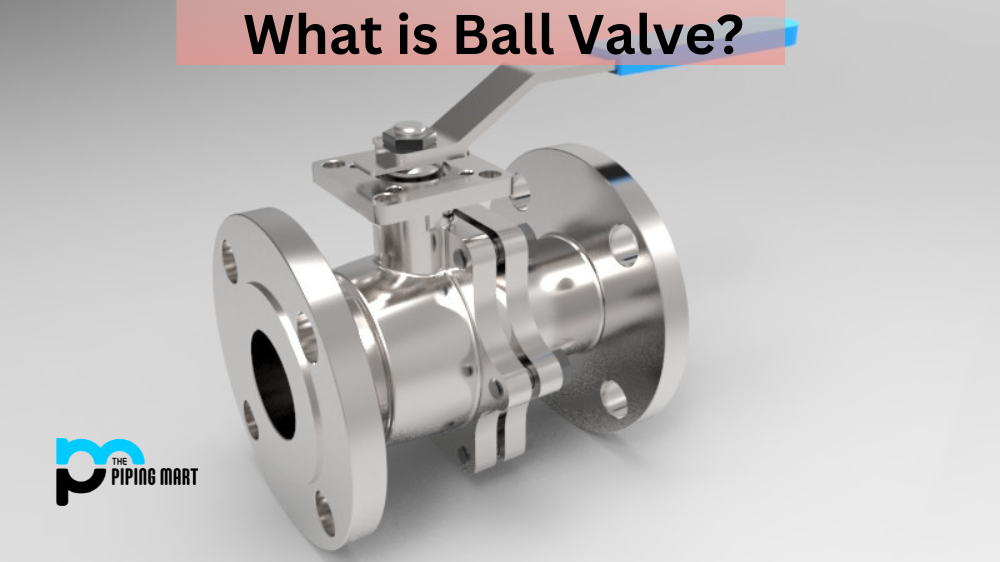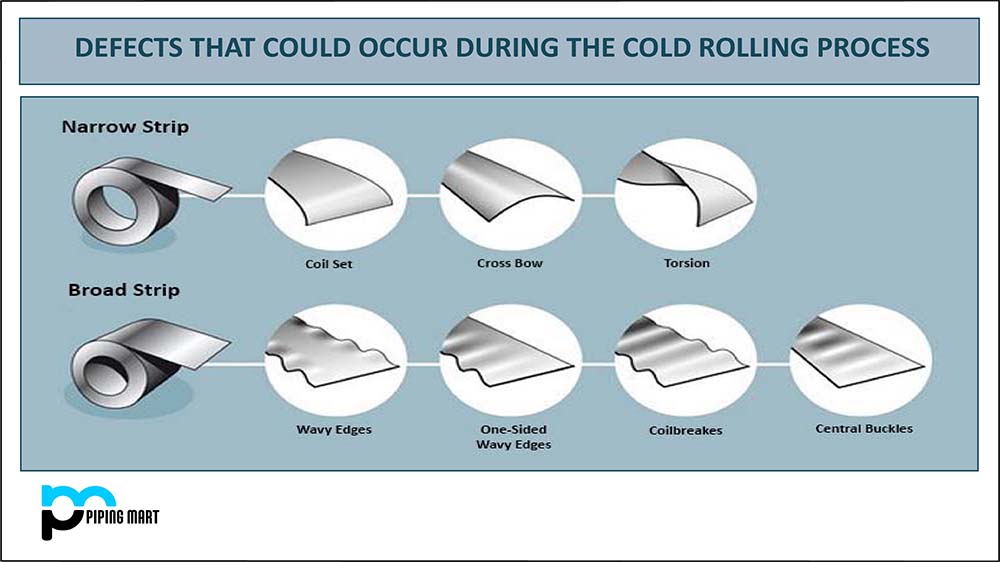Lind Blind valves are known for effectively handling gas and liquid flow. They are commonly used to restrict gas and liquid flow in pipelines. The valve has no obstruction that typically causes resistance in conventional valves, allowing gas and liquid flow to go smoothly. The design of Lind Blind valves involves creating a tight-fitting seal which shuts off the flow. Despite their effectiveness, Lind Blind valves have their fair share of strengths and weaknesses. This blog post will look at the advantages and disadvantages of Lind Blind valves.
What is Lind Blind Valve?
Lind Blind Valves are device used to regulate the flow of liquids or gases. They have a disc-shaped closure part with one side designed to be tight and sealed when closed, and the other side has holes for liquid or gas passage. When opened, the mid-section opens in such a way that there is no pressure reduction behind it due to which they are also known as Presure Retaining Valve. Lind Blind Valves are mainly used in oil extraction industries.
Advantages of Lind Blind Valves:
Low friction loss –
Lind Blind valves eliminate pipeline obstruction, maintaining the fluid’s velocity and friction. The valve design allows gas and liquid to flow smoothly without resistance. This results in low friction loss, meaning lower energy consumption.
Tight shutting off of pipelines –
Lind Blind valves have a tight-fitting seal that prevents flow from passing through when the valve is closed. This complete shut-off ability is significant, especially when dealing with toxic and hazardous materials. The tight shut-off of pipelines also enhances safer procedures for repair and servicing.
Effective and efficient control mechanism –
The possession of hygienic and sealing surfaces on Lind Blind valves makes the valve control mechanism efficient, effective and favourable to the industries. The efficient control mechanism ensures fewer leaks and malfunctions.
Disadvantages of Lind Blind Valves:
Designed for specific purposes –
Lind Blind valves are created for specific purposes, and as a result, they are not adaptable to change applications. Once installed, the valve capacity cannot be increased or decreased to suit other tasks that may arise. Consequently, the valve may require frequent re-installation for new tasks.
High cost –
Lind Blind valves are made using high-quality materials that contribute to their efficiency and effectiveness. From this point of view, the valve’s cost can be quite expensive, even to the standard budget for the industries that require it. Installing the valve also requires specialized expertise, which accounts for the high installation cost.
Position of the valve –
Lind Blind valves are generally not designed for easy access, so they may be difficult to operate and maintain. These valves are usually installed in hard-to-reach and awkward positions in pipelines, which makes them hard to reach, maintain and service.
Conclusion:
In conclusion, Lind Blind valves have their fair share of advantages and disadvantages. The advantages include low friction loss, tight pipeline shutting off and effective control mechanisms. However, the disadvantages include that they are designed for specific purposes, high cost, and they are generally positioned in hard-to-reach and awkward locations. When deciding whether or not Lind Blind valves are suitable for your industry, it is necessary to consider both the advantages and the disadvantages. Overall, Lind Blind valves have proven to be a reliable and highly effective means of controlling gas and liquid flow when used correctly.

Meet Bhavesh, a seasoned blogger with a wealth of knowledge and experience. From metal products manufacturing to retail, Bhavesh has a diverse background in various industries and is dedicated to sharing his insights and expertise with readers.




